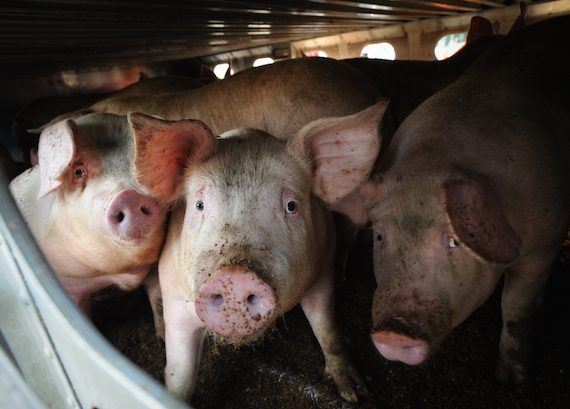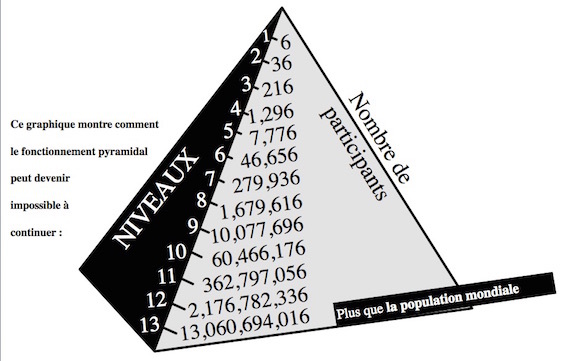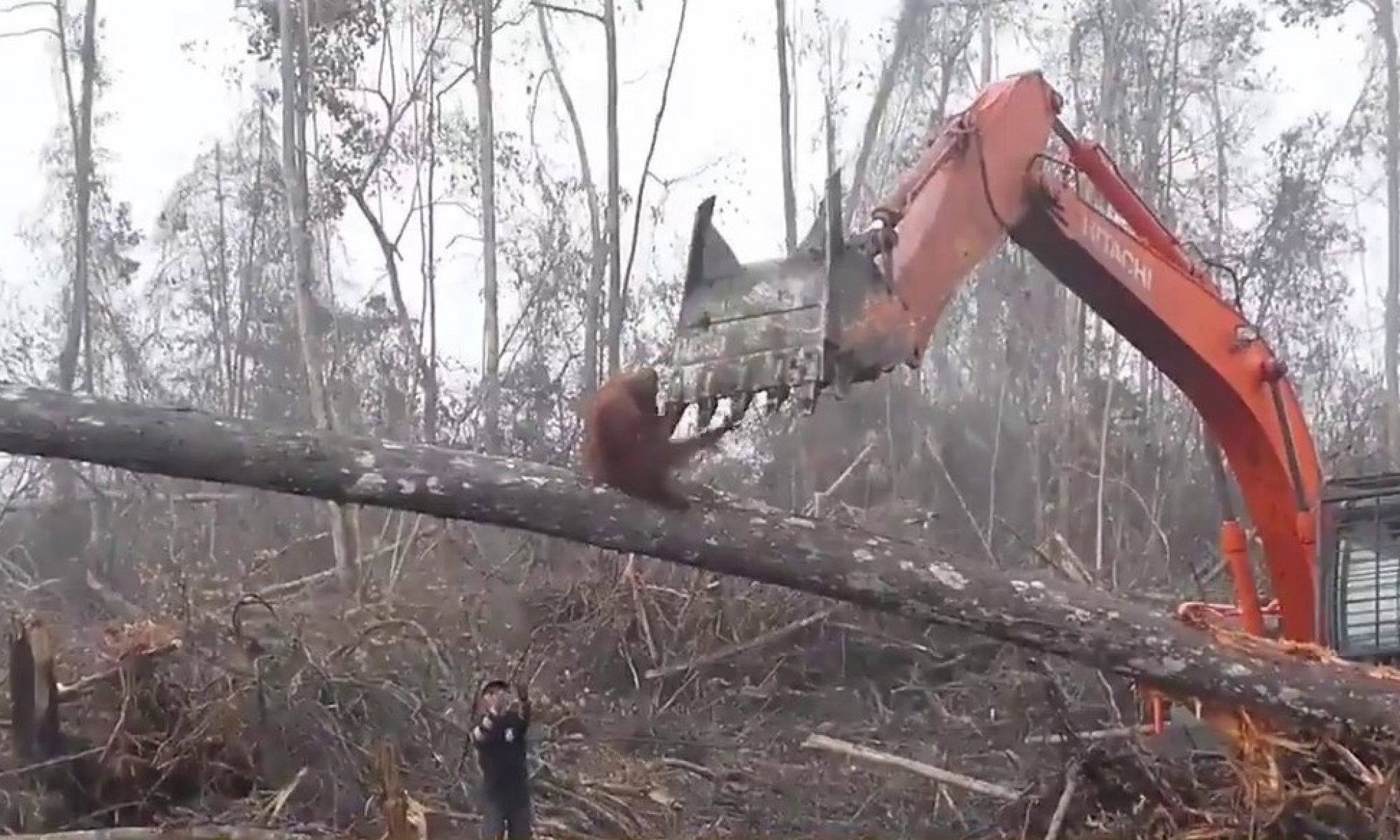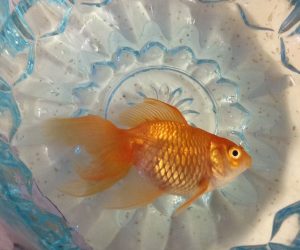Video: The Mirror-Neuron Initiative
On June 13 2015, all around the world – in Paris, Brussels, London, Berlin, Istanbul, Delhi, Los Angeles, Toronto, Montreal – people gathered to March for the Closing of the Slaughterhouses.
But the slaughterhouses will not close of their own accord.
To close the slaughterhouses people’s eyes and hearts have to be opened. Opening people’s hearts is the only hope for the countless victims – innocent, helpless, without voices, without rights – who are suffering, horribly and needlessly, every moment of every day, everywhere in the world, for our palates.

Photo: Jo-Anne McArthur, The Ghost in Our Machine (with permission)
How to open people’s hearts?
With two fundamental facts that most people do not yet know or believe.
I. The first fundamental fact is that eating meat is not necessary for human survival or human health.
The vegans from all over the world who marched on June 13 were the living proof of this first fundamental fact (Nearly 1% of the world population of 7.5 billion is vegan today.)
II. The second fundamental fact is that in order to provide this meat that is not necessary for the survival or health of the 7.5 billion humans on the planet, an unimaginable amount of suffering is necessary for over 150 billion innocent, voiceless, defenceless victims every year.
Slaughter for meat is not euthanasia. It is not the merciful, pain-free, terror-free ending of a long, happy life in order to spare the victim from suffering a terrible incurable disease or unbearable pain.
SEE ALSO:
– Video Captures Terror Of Slaughterhouses – The Dodo
– “Hurt That Bitch”: What Undercover Investigators Saw Inside A Factory Farm – Mother Jones
– Scalding Live Chickens Is Business as Usual on Factory Farms – Mark Bekoff
– Cheap Meat Comes at High Cost to Farm Animals, Wildlife – Stephanie Feldstein
– Let’s #OpentheBarns to Transparency– Matthew Bershadker
Slaughter is the terrifying and horribly painful ending of a short, anguished life full of disease and fear and pain, for innocent, defenceless victims deliberately bred and reared for that purpose. And it is all carefully concealed from the public eye.
And it is completely unnecessary for our survival or health. We inflict all this pain on the victims only for taste pleasure, and out of habit.
Demonstrations like the June 17 march are very important, but they are not enough to open people’s hearts and close the slaughterhouses.
For that, we first have to open access to the slaughterhouses, with audio-visual surveillance Webcams placed at all the sites of the abominations (breeding, rearing, transport, slaughter) — cameras that will film the horrors and stream them all immediately, continuously and permanently on the Web so that all people on the planet can witness the terrible cost in agony that our taste-preferences are inflicting, every moment of every day, everywhere, on our victims: sentient beings, innocent, defenseless, without rights, without voice, without respite, without hope.

Photo: Wikimedia Commons (public domain image)
Not everyone will look at the videos streamed on the web.
But the number of witnesses who will look and see will grow and grow. And with them will grow the knowledge of the heartbreaking truth, the reality that has till now been hermetically hidden from our eyes and our hearts.
And those of us who come to know the awful truth can provide the eyes and the voice for the victims.
The existing regulations for minimizing suffering in slaughterhouses are shamefully inadequate — how can one needlessly end an innocent life humanely? But even these existing, inadequate regulations are not being enforced or monitored or obeyed today.
As its first consequence, the crowd-sourced monitoring of slaughterhouses, based on the evidence streamed and stored publicly on the web, witnessed and reported by a growing number of informed and concerned citizens, will help to ensure that today’s existing (though inadequate) regulations – and prosecution for their violation – are enforced more and more reliably and rigorously.
In Quebec — the province that has until now been the worst in Canada for animal welfare — we have just acquired a legal basis for requiring rigorous monitoring of slaughterhouses: the National Assembly has heeded the many Quebec voices raised on behalf of protecting animals from suffering. The Quebec Civil Code has been amended to give animals the status of sentient beings instead of the status of inert property – or movable goods – as formerly. (Other countries are doing likewise: New Zealand is the latest.)
But this new status, like this public demonstration, are not enough.
Sensitizing Sentients to Sentience
In Quebec, on this new legal basis, and with the help of the new audio-visual evidence, as witnessed by the Quebec public, not only would we be able to prosecute those who do not comply with the existing (inadequate) regulations but we could also press for the passage of stronger and stronger legislation to protect sentient beings.
And the evidence provided by these surveillance Webcams would have a still further effect, apart from the enforcement and strengthening of today’s animal welfare regulations: It would also awaken and sensitize witnesses to the actual horrors made necessary by a non-vegan diet: It would sensitize us all to the sentience of sentient beings.
In place of the shamelessly false advertising images of “happy cows” and “contented chickens” we would all have the inescapable, undeniable, graphic evidence of the unspeakable suffering of these innocent, sentient victims – and the utter needlessness of their suffering.
Might this not at last inspire us all not to remain non-vegan, just for the pleasure of the taste, at this terrible cost in pain to other innocent feeling beings? Might it inspire us to abolish their needless suffering, instead of just diminish it?
SEE ALSO:
– Federal Report: Vegan Diet Best For Planet – The Hill
– No Lie Can Live Forever: Predicting a Vegan America by 2050 – Kathy Stevens
– 2015 Predictions From Vegan and Plant-Based Nutrition Experts – Sandy Pukel
– Getting from A to Z: Why Animal Activists Should Support Incremental Reforms to Help Animals – Bruce Friedrichs
– It’s About Power, Not Food: The True Causes of World Hunger – Joel Berg
Win/Win Outcome for All
Let me close with a little optimistic numerology and the world’s most benign pyramid scheme for every sentient being on the planet, with no losers other than industries that build profit on suffering:
If each vegan today inspires just 6 more non-vegans (1) to become vegan AND (2) to each inspire 6 more non-vegans to become vegan, then in just 9 steps all of the population of Quebec will be vegan, in 10 steps all of Canada, in 11 Canada and the United States, and in 12-13 the whole world.

Photo: Wikimedia Commons (Public domain image)
It is also entirely fair that it should be ourselves, the most prosperous and well-fed populace in the world, who start. By the time we have closed all of our industrial slaughterhouses and converted the land to producing food to feed people instead of using it to breed, feed and butcher innocent victims, needlessly, the planet will be producing 40% more human food, 60% less pollution and 90% less suffering – with enough left to sustain natural wildlife and their habitat too.
That will also be enough food to feed the world’s current malnourished as well as to allow the last subsistence hunters on the planet to make the transition to a truly fair, sustainable, scalable and merciful means of sustenance.
https://youtube.com/watch?v=SeYhE-BsWsY
 Although it sounds like an impassioned plea for mice, Australian ecologist Mike Archer’s 2011 “blood on your hands” argument against veganism is really just an uncritical defence of the status quo, rightly pointing out some relevant problems but completely ignoring others.
Although it sounds like an impassioned plea for mice, Australian ecologist Mike Archer’s 2011 “blood on your hands” argument against veganism is really just an uncritical defence of the status quo, rightly pointing out some relevant problems but completely ignoring others.



 “Marriage” (as opposed to civil contracts), and especially its overlay of fideist fanfare and flim-flam, has always struck me as silly, irrespective of what genders are involved.
“Marriage” (as opposed to civil contracts), and especially its overlay of fideist fanfare and flim-flam, has always struck me as silly, irrespective of what genders are involved.



